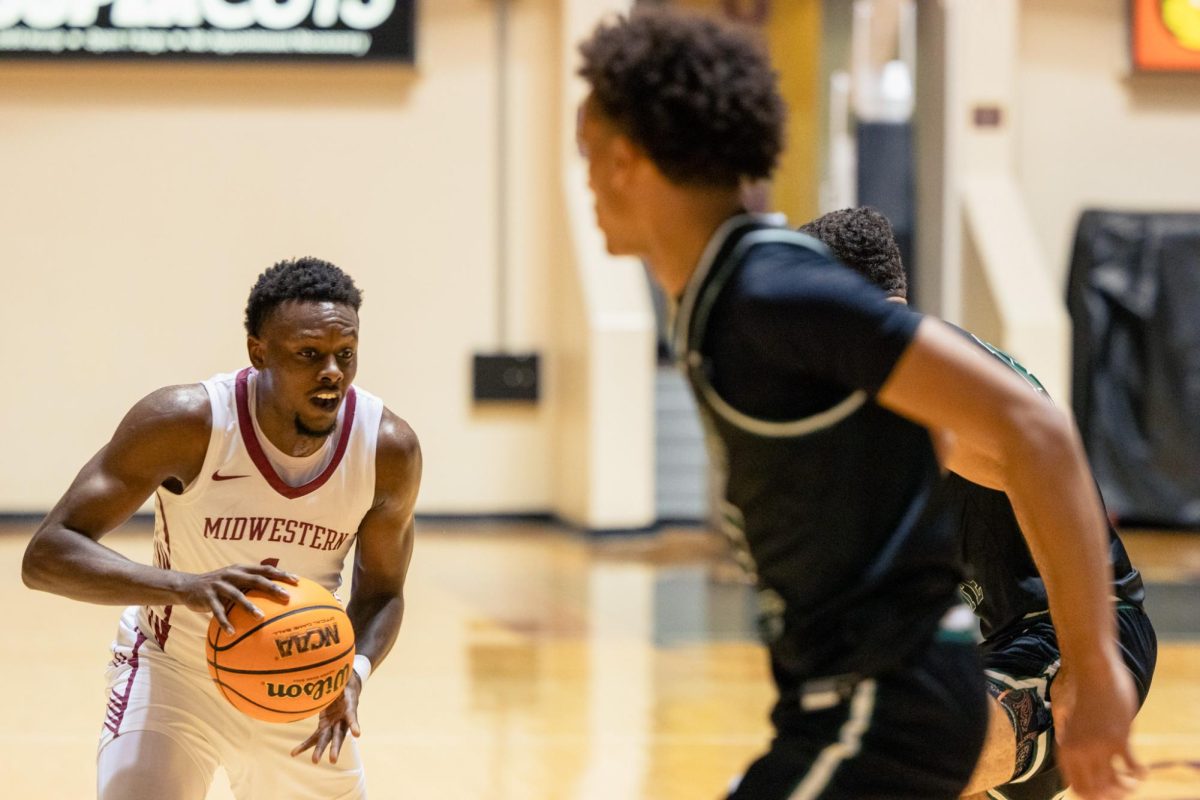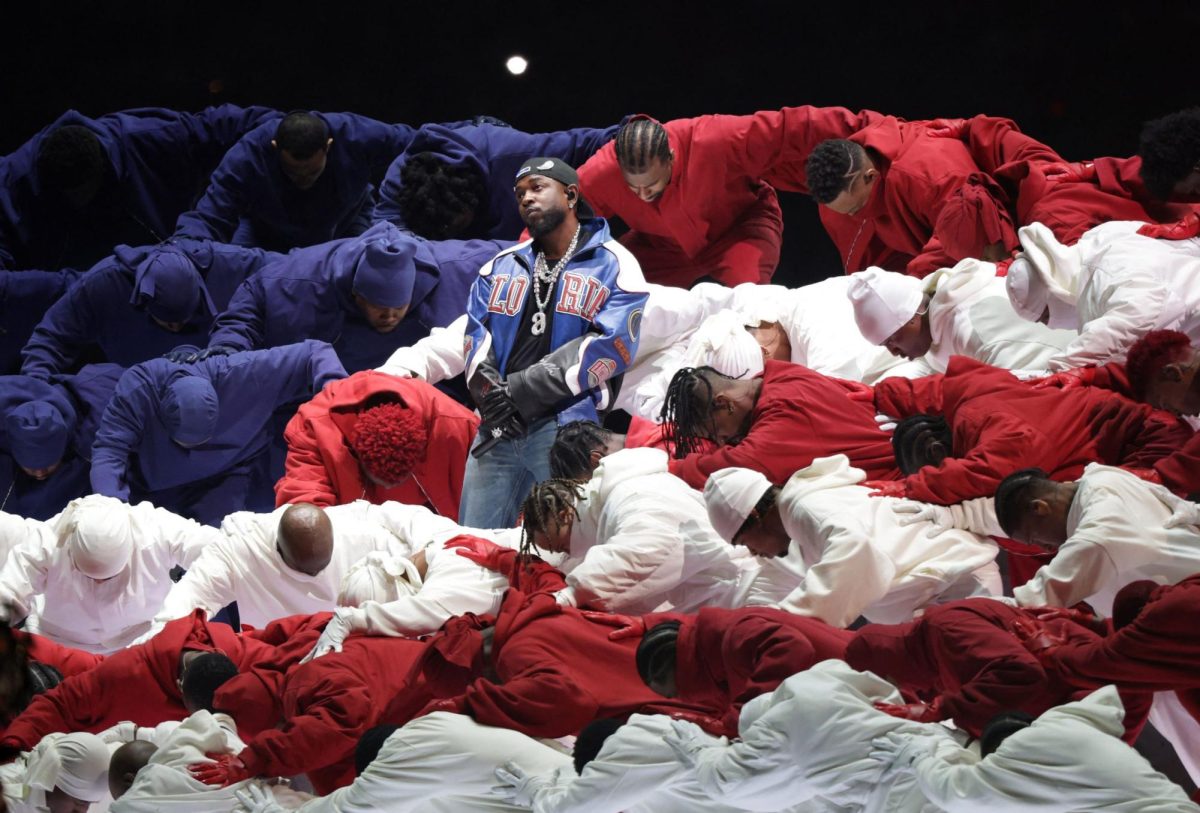
When Hilary Clinton was nominated as the presidential candidate for the Democratic party, she tore down yet another wall in women’s long held fight for gender equality being the first female to ever be elected the presidential candidate for any major party.
“We have come so far in gender equality. The mere fact that a woman is the presidential nominee for a major political party brings me to tears, I am so proud,” Sarah Stewart, freshman chemistry major, said.
A little less than half a century ago, women fought to be accepted into colleges and universities. Athletic scholarships for women were almost unheard of. Fast forward to the modern day — an amendment known as Title IX has not only created opportunities for women to get an education but has given women the opportunity pursue their dreams as student-athletes as well.
Since the enactment of Title IX in 1972, scholarship numbers for women have gone up dramatically. According to the Women’s Sports Foundation, it is estimated that men receive around $183 million more in funding than women do per year in scholarship funding. It also states that female athletes receive 63,000 fewer opportunities at NCAA institutions.
Men’s sports on campus have a total of five sports, while women have a total of eight. Because MSU athletics are fully funded, men get slightly more scholarships than women — the total number of men’s scholarships is 63.1, while the total number of scholarships for women in all sports totals 58.1. For the smaller, non-football sports, men receive less scholarships than women. For example, women’s golf gets 5.4 scholarships per team, while men’s golf gets 3.6. Another example is women’s tennis gets six scholarships per team while men’s tennis gets four and a half. Football accounts for 57% of all men’s scholarships, 36 out of 63.1, taking a huge cut of scholarship money from all the other sports. Other types of financial aid or departmental scholarships have no effect on Title IX, which is how a lot of the smaller sports are able to get their athletes on scholarship when athletic scholarship funds are no longer available.
Athletics is the most visible application of Title IX; however, it is not the only application of Title IX. Title IX protects against pregnancy and parenting discrimination, because before Title IX it was legal to expel a pregnant student. Title IX also fights against sexual harassment, as schools are obligated legally to report any form of sexual activity. Title IX has allowed females to study, to teach, and to compete. But most of all, it has given the women of America a fair chance within the university system. It isn’t perfect though. The non-reports of sexual harassment/misconduct/assault by major universities such as Baylor and Duke have shown Title IX in a bad light.
“Any time any student comes to us with any complaint regarding sexual assault, or discrimination, or anything involved in any touchy subject like that we refer it to a higher up, whether its a police matter or discrimination case, etc. Title IX has created great opportunities for women, not just athletically but socially. It has really changed the stigma that women were longed faced with and has helped them to have equal rights and protections, just the same as males have,” Jeff Ray, men’s and women’s golf coach, said.
Complaints on Title IX are far and few between. In 2011, 2012 and 2013 combined, there were a total of five reported sexual offenses to police, and one that was not reported to police. None of these assaults filed as a complaint under Title IX.
Title IX impacts MSU in a variety of ways. Like all other colleges and universities, administration is forced to give equal scholarships to both men’s and women’s sports, creating an imbalance in the number of team sports there are — there are eight lady sports while the men have five. Football accounts 36 scholarships, taking a large chunk of the men’s total scholarships.
A way Title IX has impacted MSU in recent years is the possibility of adding baseball. The MSU board of regents was in serious talks of bringing baseball back in 2013. Interest in the program sparked the universities interest and the close to $4 million in pledges by school boosters made it a real possibility. Because baseball requires quite a bit of scholarship money, Title IX would require MSU to create another women’s sport. Ultimately this opportunity was disbanded. This is a common trend in athletics today. Greg Louganis the former Olympic gold medalist who honed his skill at the University of Miami while competing on their gold team can no longer watch his alma mater swim as the University of Miami dropped their swimming program to comply with Title IX.
A concern regarding Title IX is the transgender issue. With the awareness and social acceptance of transgender people on the rise, MSU is due to face the issue.
MSU Athletic Director Charlie Carr said he has yet to face the transgender situation here at MSU.
“The issue with transgender people is unavoidable and we will face it soon. Regarding bathroom or locker room situations, we have to do what the federal government or the NCAA tells us to do. I think the answer for us would be single bathrooms that can be used by anyone. As far as locker rooms, we’ll deal with that when the time comes,” Carr said.
Some students disagree with the federal government’s ruling.
“I don’t feel comfortable having transgenders in the same bathroom as me. It’s not right, it’s not natural,” Sarah Stewart, chemistry freshman and defender, said.
Ray agreed with Stewart.
“I wouldn’t want a grown man, basically, going to the bathroom with a 12, 13 year old girl. Physically, if something happens, that girl can’t do anything about it, that’s my issue with it. There’s a picture of my three and a half year old granddaughter right there, there is no way on earth that I would let some man in there with her. As sick as our society is, and I don’t mean that bad, but it is a sick society, all this stuff is going to happen. And what do you do? With Title IX you have to recognize him as a female, or her as a male,” Ray said.
With the conservative nature of North Texas, this is bound to raise some eyebrows and ruffle some feathers.
A particularly controversial topic is what is going to happen when males who have transitioned into females want to compete as males.
Bobbi Lancaster, a former male collegiate golfer, attempted to do this recently. Lancaster was not held back in her attempts to play as a woman; however, she did not play well enough to make it onto the LPGA Tour.
The first NCAA D1 transgender athlete was Kye Allums, a former player on the George Washington Colonials women’s basketball team.
After Allums came out in 2010, she told Outsports, “My biological sex is female, which makes me a transgender female.”
The bigger issue is male to female transgenders who want to compete as athletes.
“I don’t really think it’s right that males that have transitioned into females should get to play against women. The natural structure of the male body gives them an unfair advantage,” Mercy Yermo, freshman cross country team member, said.









Steve yellen • Oct 5, 2016 at 10:11 PM
Terrific writing Dominick !
You are right, one day we all will have to duscusd the tough issues
And we should start now.